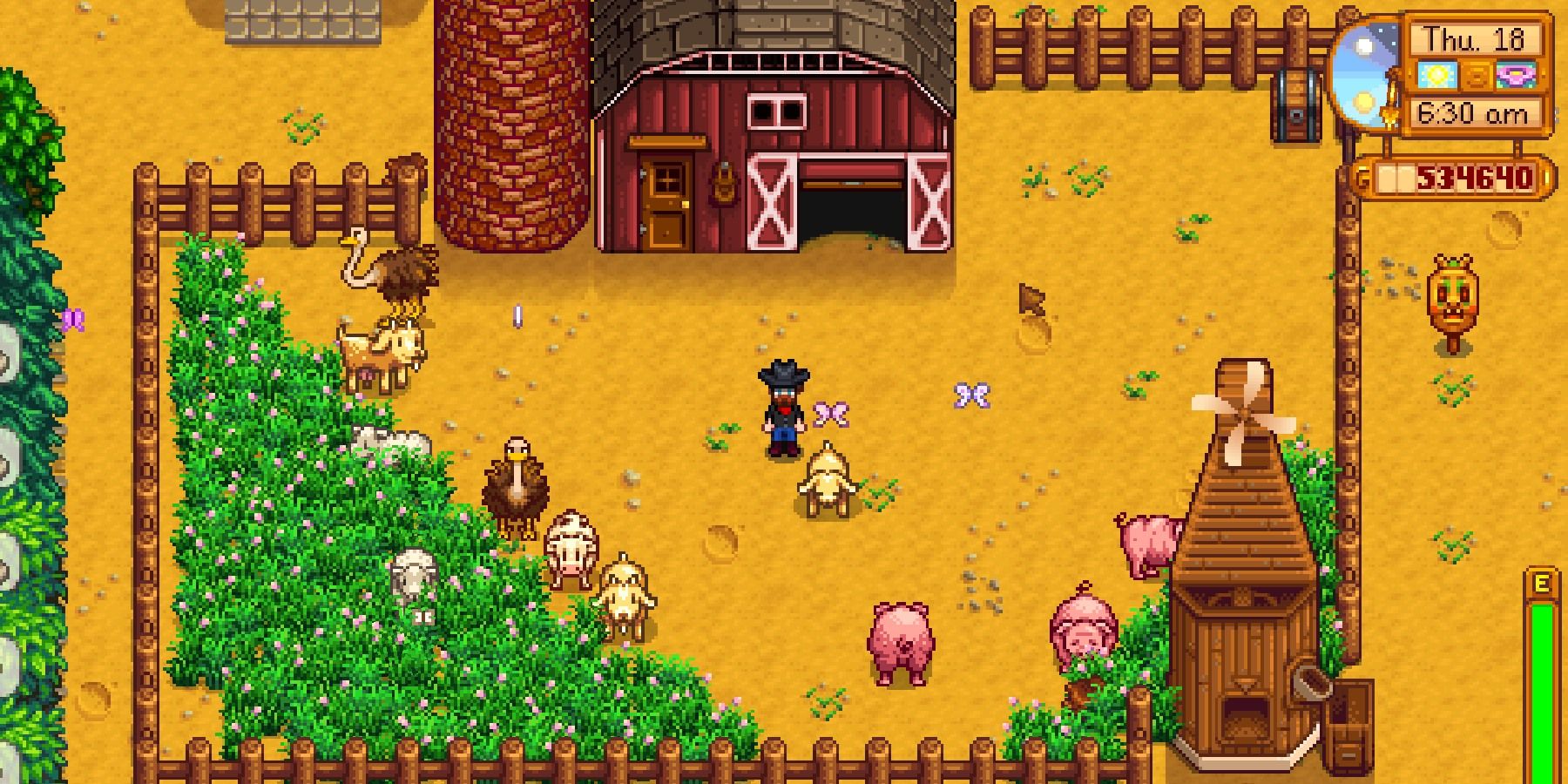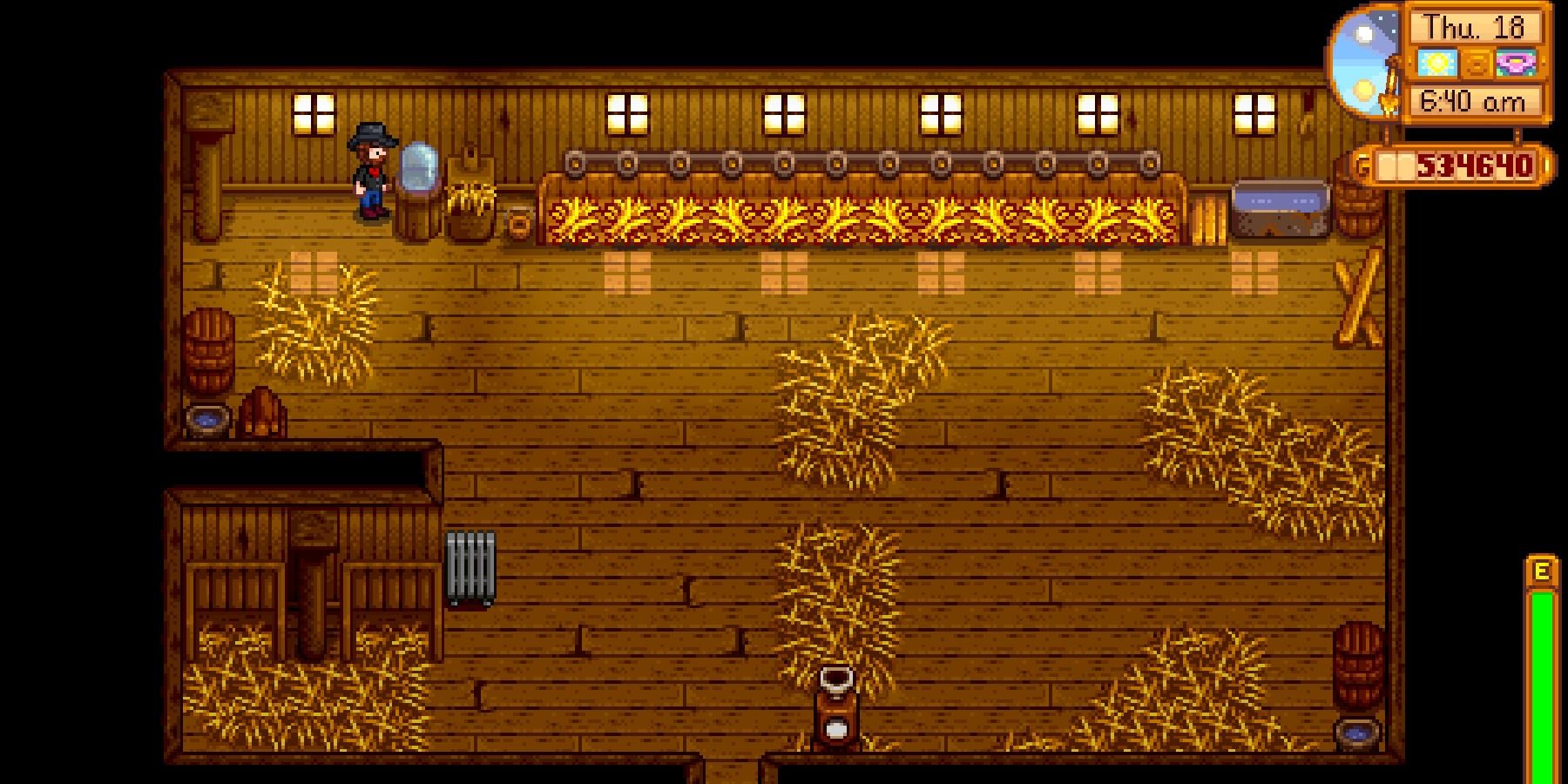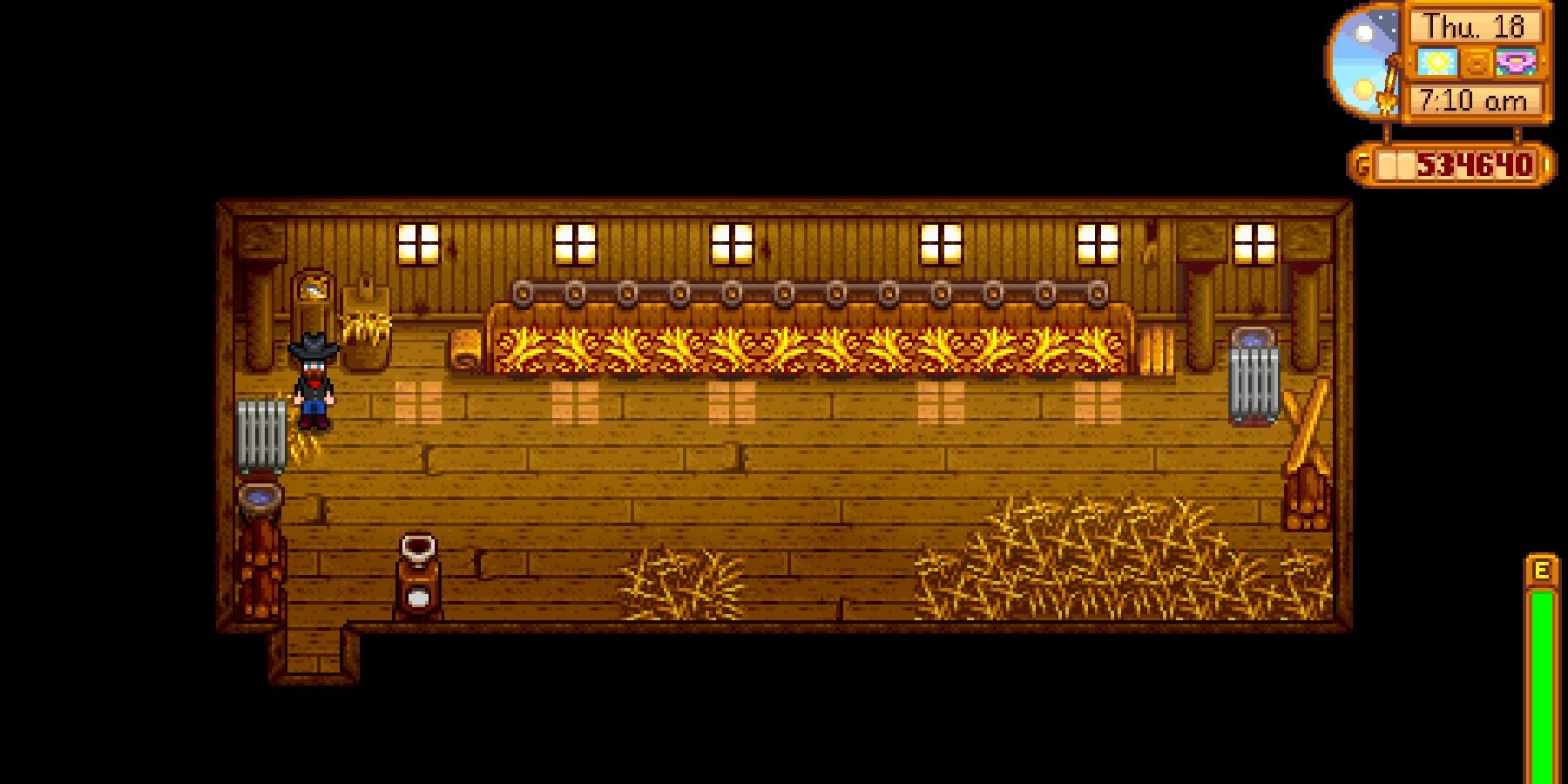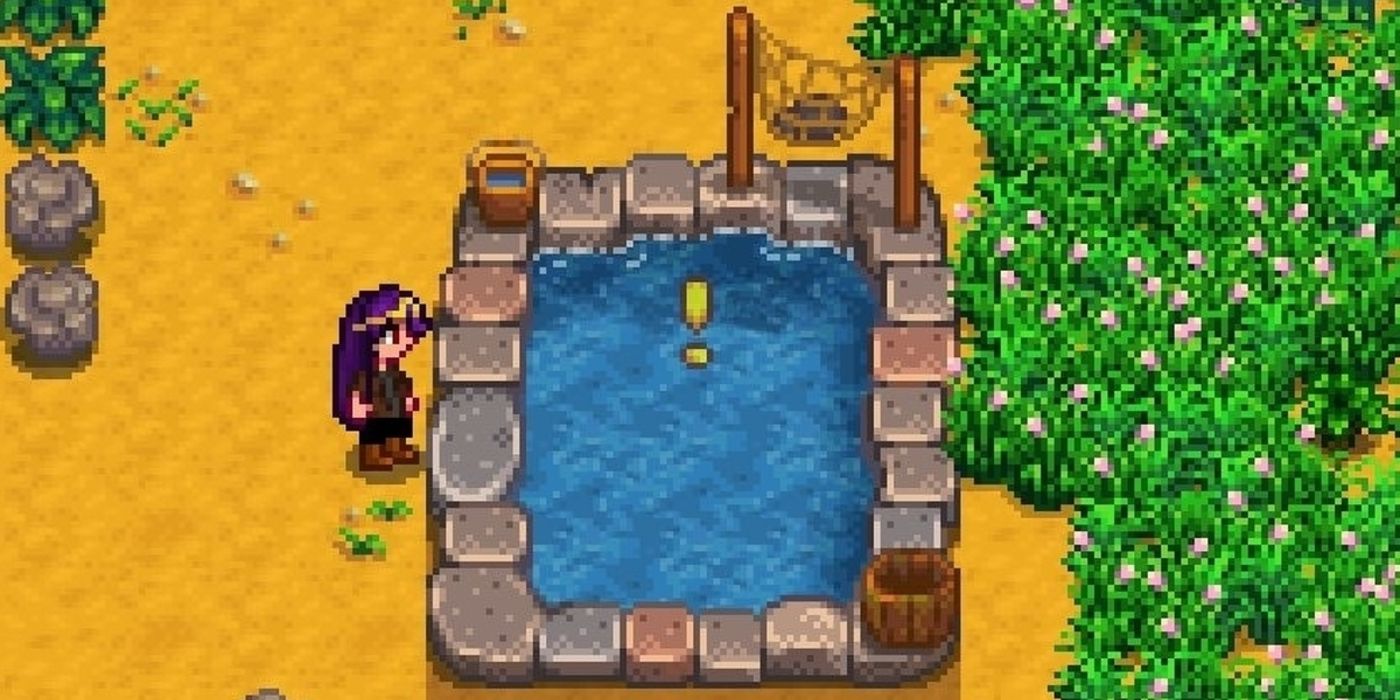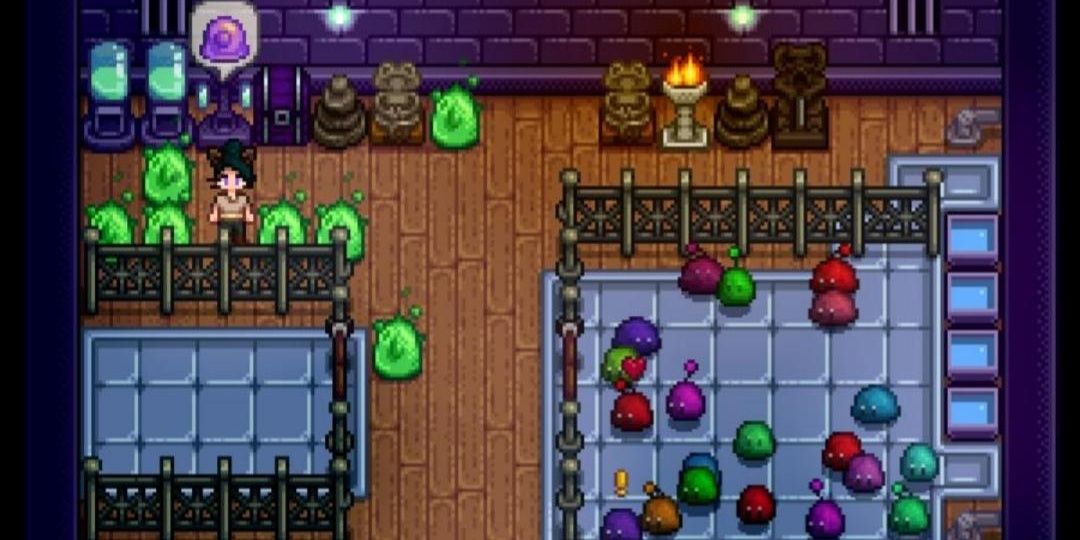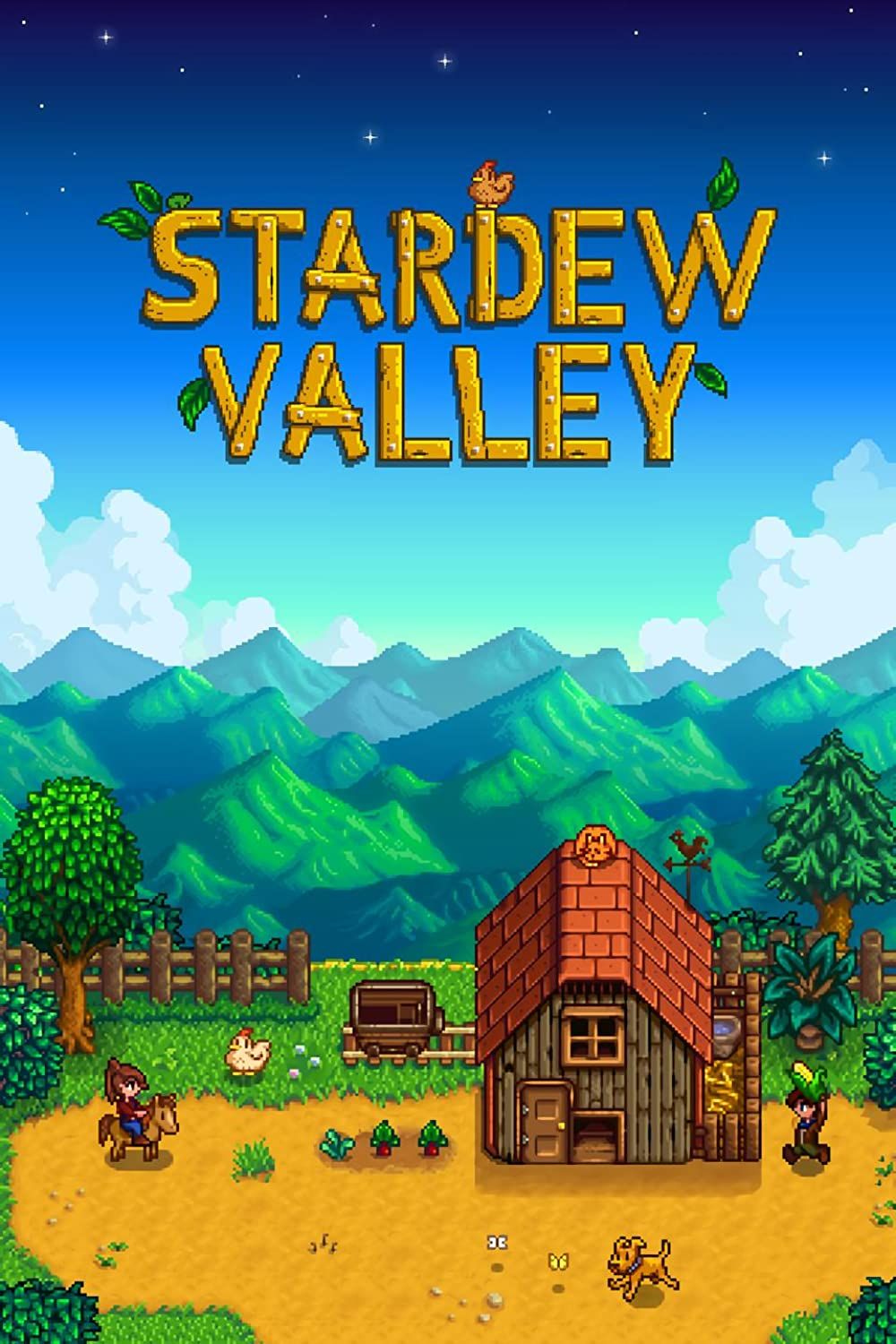Stardew Valley doesn't go into all the details of farm life, especially when it comes to raising animals. You raise chickens for eggs rather than meat, happy rabbits will somehow drop spare rabbit feet in the morning, and pigs exist to find truffles and not to make bacon.
Animal breeding is another farming staple that Stardew Valley intentionally leaves vague. Every barn animal has a chance to bear a child, but only if your barn is big enough. Also, every egg you find (on the farm or elsewhere) can hatch if you have the right incubator.
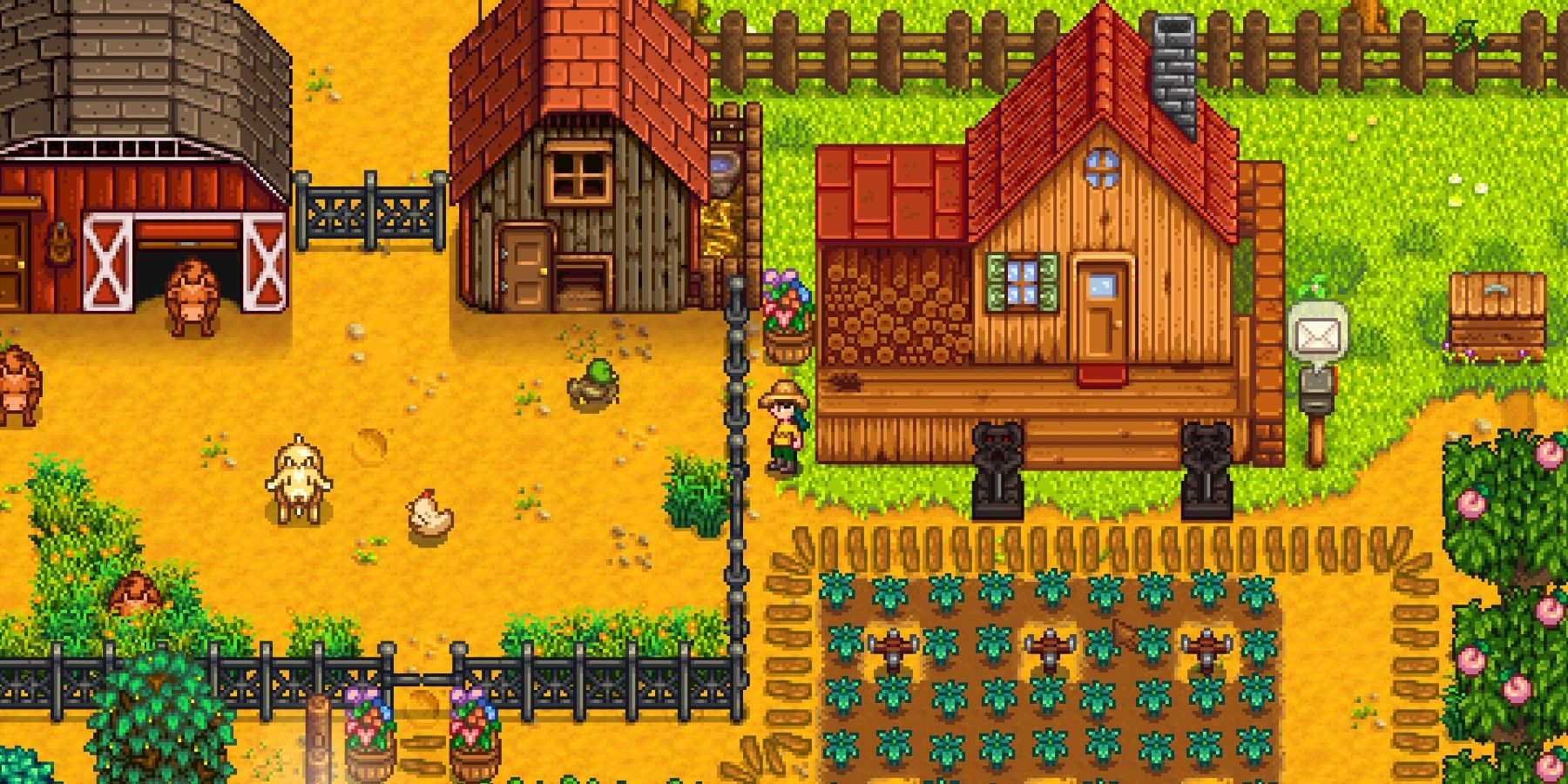
Stardew Valley Player Creates Adorable Chicken Sculptures Out of Clay
An artistic Stardew Valley fan creates clay sculptures of the various chickens found in the game, reimagining them as 3D designs.
Big Barns and Breeding Odds
The first thing to know is that animals will never give birth in a basic barn. One of the benefits you get for upgrading to a Big Barn is "enables pregnancy." However, unlike the incubator you get from a Big Coop, you have no direct control over when or if an animal can get pregnant. The only thing you can do is buy enough animals to completely fill your barn, because no young animals will appear in a full barn.
Every night, assuming no other events happen, there's a 50 percent chance that Stardew Valley will consider a barn animal pregnancy. The game will then choose a Big Barn or Deluxe Barn on the farm that isn't completely full, and finally it'll roll the dice again based on how many animals are in the barn. However, the odds are never high: if your barn has 11 animals, the odds of a pregnancy are only 6.05 percent. Adding that to the odds of a pregnancy event happening at all, the chances of a mostly full Deluxe Barn seeing a pregnancy are just over 3 percent.
It doesn't matter what species the animals are, although ostriches can't get pregnant. If you own a single pig and ten cows, the pig can give birth to a new pig.
Ultimately, pregnancy events aren't something you should rely on happening. They're a nice bonus when they happen, but most animals can pay back their purchase price in the time a pregnancy event will give you one for free.
Incubator Breeding
A more reliable way to get new animals is through the coop's incubator. Every coop animal (aside from rabbits) will reproduce when you add their egg to the Big Coop or Deluxe Coop's incubator. As coop animals that don't lay eggs, rabbits never reproduce.
- White chickens hatch from white eggs.
- Brown chickens hatch from brown eggs.
- Blue chickens can hatch from brown or white eggs, but only after you see Shane's eight-heart event.
- Void chickens hatch from void eggs.
- Golden chickens hatch from golden eggs.
- Ducks hatch from duck eggs.
- Dinosaurs hatch from dinosaur eggs (which count as artifacts).
You can also incubate ostrich eggs to get ostriches, but ostriches are barn animals and their eggs don't fit in the coop's incubator. Instead, you must get the recipe for the Ostrich Incubator from Professor Snail, and then place the incubator in a barn. You can add as many Ostrich Incubators to a barn as you want, and you can fill them all with eggs, but much like the coop incubator, they won't give you a new ostrich unless there's space in the barn for a new animal.
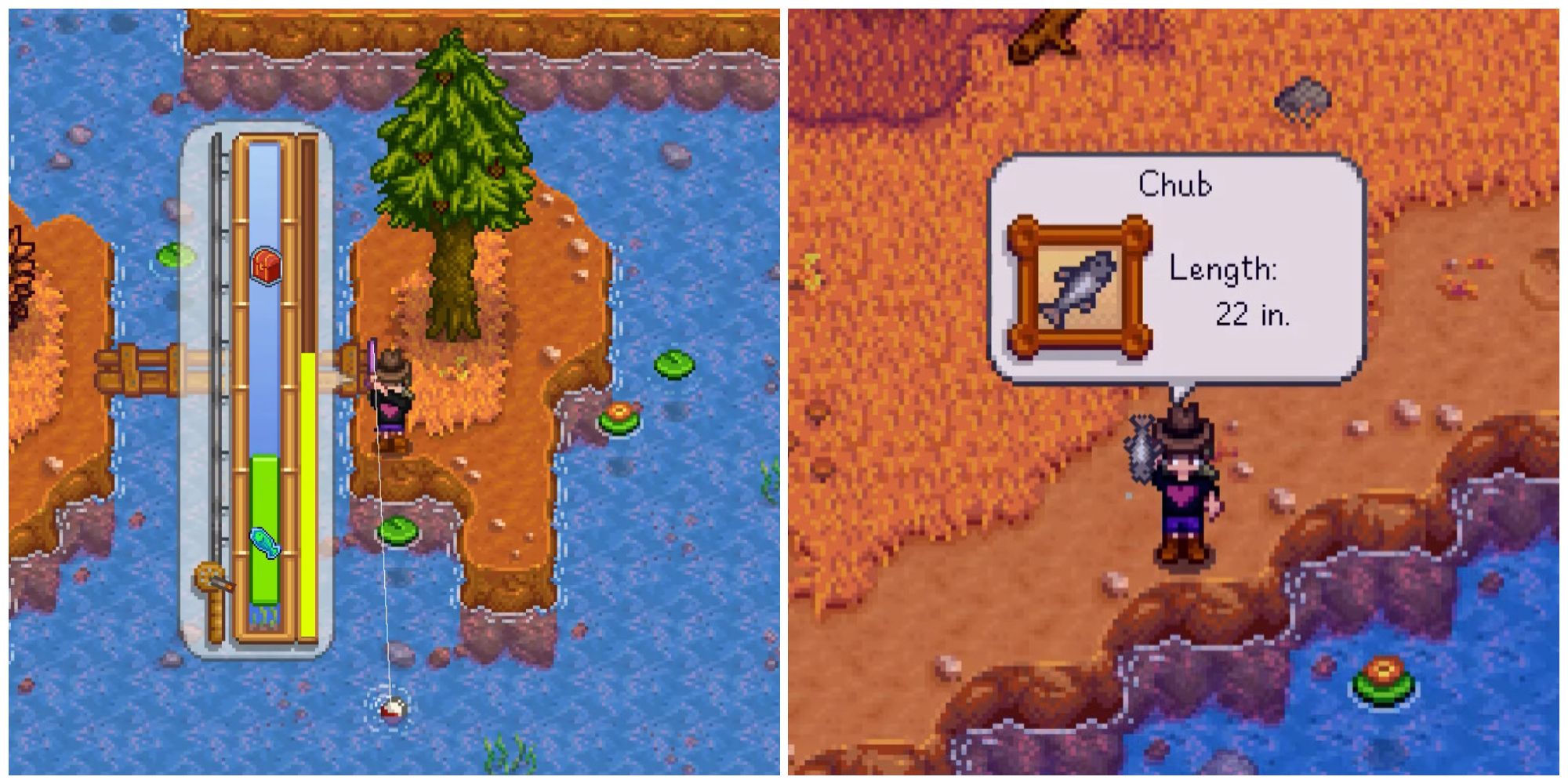
Stardew Valley: How to Catch a Chub
Here's everything you need to know about finding, catching, and using Chubs in Stardew Valley.
Fish Pond Breeding
Fish ponds also have their own breeding rules. First, you can only place one fish or other form of sea life in a given pond. This means a sturgeon pond can only hold sturgeon, and an oyster pond can only hold oysters. The only way to reset a fish pond is to use your fishing pole to empty it out.
Fish pond breeding happens automatically, and it always happens at a set rate. This rate is faster for cheaper, more common fish, and slower for rare fish. Extra fish in a pond increases the frequency and quality of the produce you get from the pond, not the odds that they'll reproduce.
Once the pond holds three, five, or seven fish, an exclamation point will appear over the pond the next time the population would go up. The fish will demand one or more items from you, and if you toss them in, the population limit will go up. The max population of any fish pond is ten. Certain rare fish will also have an item demand when there's only one occupant.
This population limit will stay where it is even if you start to remove fish from the pond. The only time it resets is when you remove the last fish and the pond becomes generic again. However, keep in mind that fish produce (like roe) is less common when the fish pond has fewer occupants.
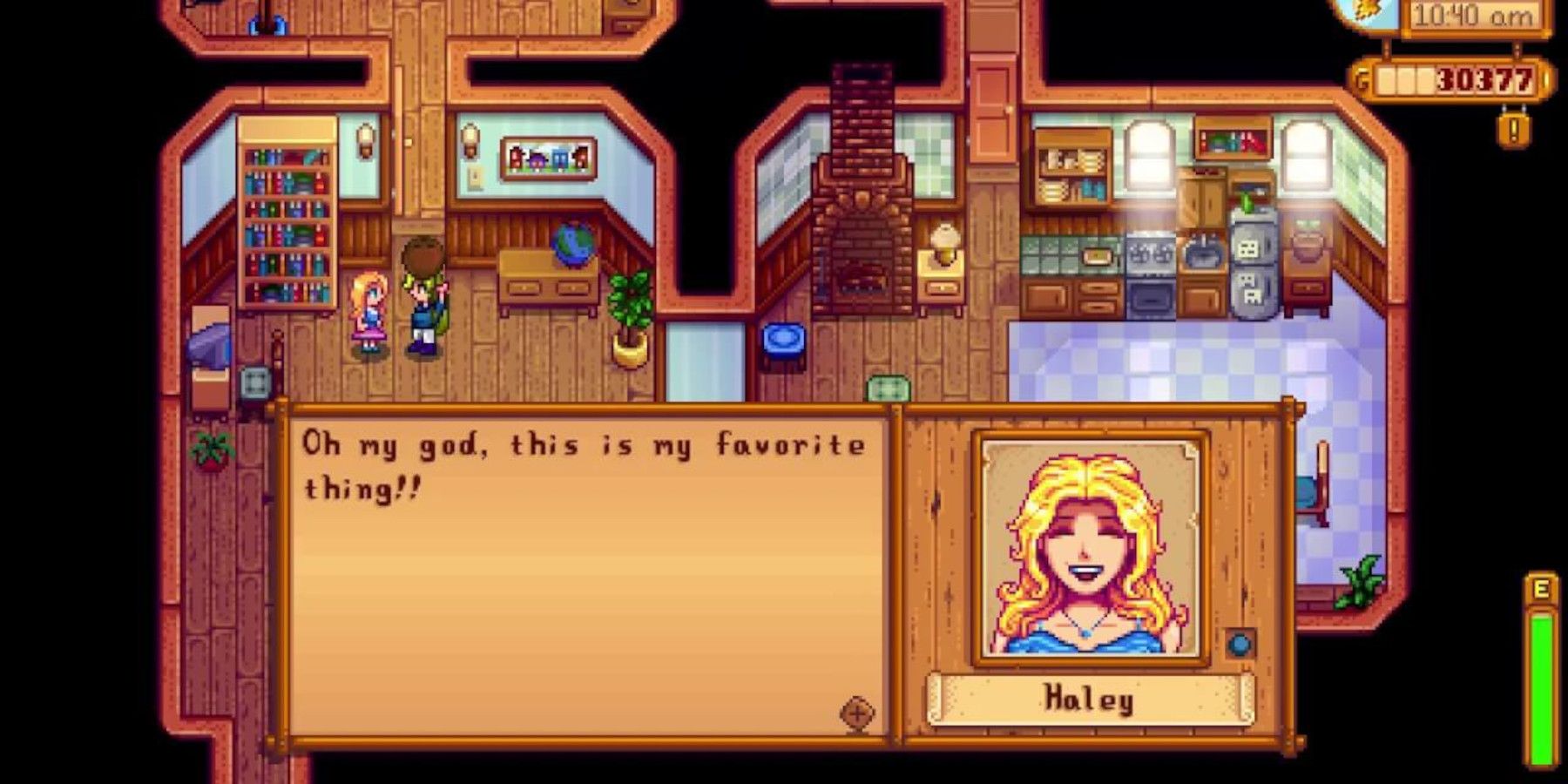
Stardew Valley Player Designs Awesome Bedroom for Haley
A creative Stardew Valley player comes up with a unique design for a bedroom for Haley, featuring elements she'd likely love.
Slime Hutch Breeding
Unlike regular animals, Stardew Valley keeps track of slime genders. Male slimes have antenna balls, while female slimes don't. Two slimes of opposite genders in a slime hutch have a chance to create a baby slime, and the baby slime's color depends largely on their parents' colors. You can take advantage of this to fill a slime hutch with slimes without having to craft a lot of slime eggs.
You can also find slime eggs by killing wild slimes, but they only start showing up after you build a slime hutch on the farm. Killing tiger slimes in the Volcano Dungeon is the only way to get tiger slimes in the slime hutch, and you'll probably have better odds of getting a purple slime egg from the Skull Cavern than from a Slime Egg-Press.

